Grow Kohlrabi at Home? Absolutely! You might be thinking, “Kohlrabi? That strange, alien-looking vegetable?” But trust me, once you discover its crisp, slightly sweet flavor, you’ll be hooked. I’m here to show you how surprisingly easy it is to cultivate this unique veggie right in your own backyard, even if you’re a complete beginner.
Kohlrabi, sometimes called a German turnip, has a fascinating history. Originating in Northern Europe, it’s been a staple in German cuisine for centuries, often enjoyed raw, cooked, or pickled. It’s a versatile vegetable that deserves a place in your garden and on your plate.
Why should you bother learning to grow kohlrabi at home? Well, for starters, homegrown kohlrabi tastes infinitely better than anything you’ll find at the grocery store. Plus, it’s packed with vitamins and fiber, making it a healthy addition to your diet. But more importantly, growing your own food is incredibly rewarding. There’s nothing quite like the satisfaction of harvesting something you’ve nurtured from seed to table. This DIY guide will provide you with simple, effective tricks and hacks to ensure a bountiful kohlrabi harvest, even if you have limited space or experience. Let’s get started!
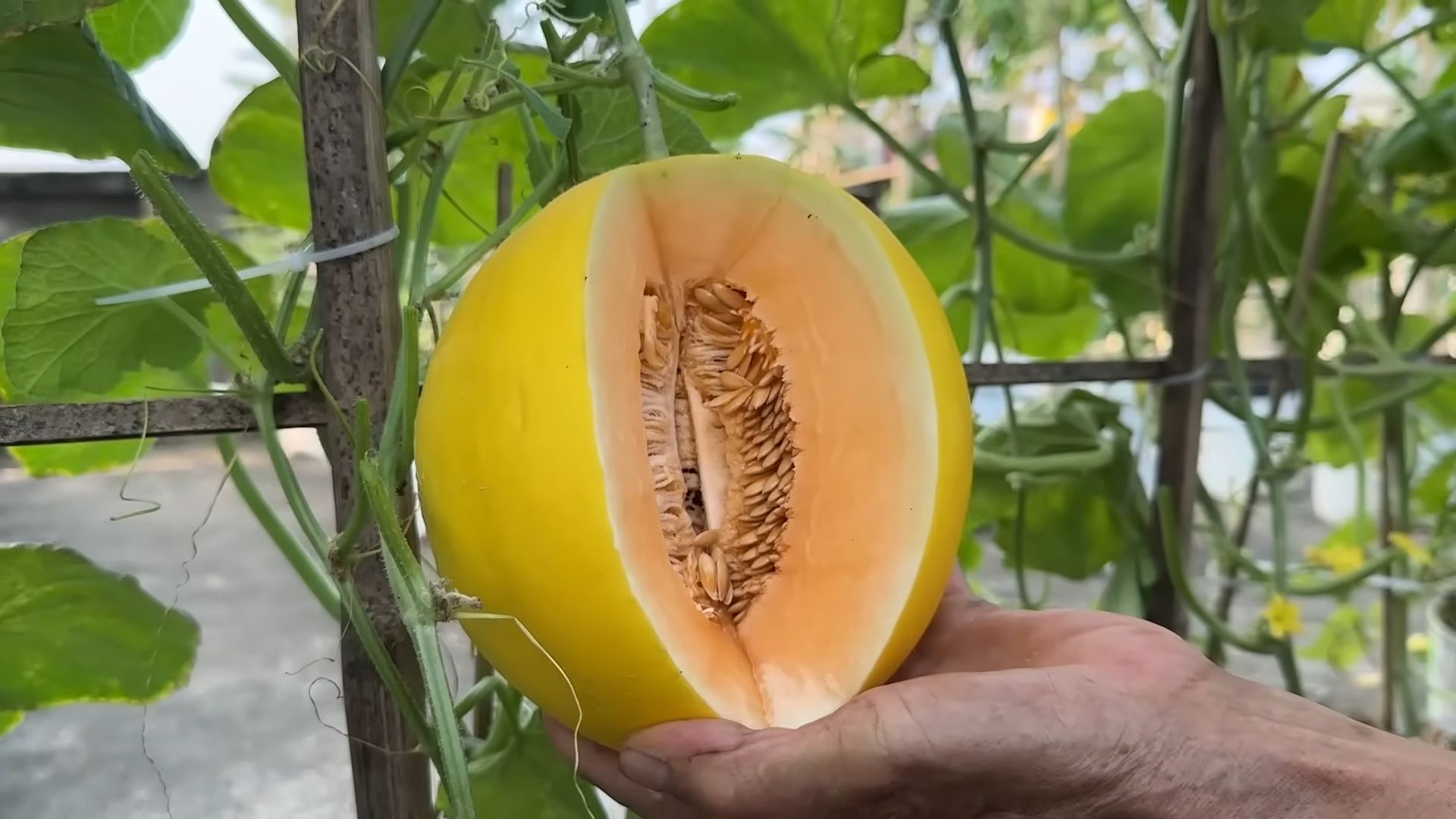
Growing Kohlrabi: A Beginner’s Guide to This Underrated Veggie
Hey there, fellow gardening enthusiasts! Ever heard of kohlrabi? It’s that quirky-looking vegetable that resembles a spaceship, and trust me, it’s way more delicious than it looks. Think of it as a cross between a turnip and a cabbage, with a mild, slightly sweet flavor. I’m going to walk you through everything you need to know to grow your own kohlrabi at home, even if you’re a complete beginner. Get ready to add this unique and nutritious veggie to your garden!
What is Kohlrabi and Why Grow It?
Before we dive into the how-to, let’s quickly cover the “what” and “why.” Kohlrabi, also known as German turnip, is a member of the Brassica family, which also includes cabbage, broccoli, and cauliflower. The edible part is the swollen stem, which grows above ground.
Why should you grow it?
* Unique Flavor: It has a mild, slightly sweet, and crisp flavor that’s delicious raw or cooked.
* Nutritious: Kohlrabi is packed with vitamins, minerals, and fiber.
* Easy to Grow: It’s relatively easy to grow, especially in cooler weather.
* Quick Harvest: You can harvest kohlrabi in as little as 6-8 weeks.
* Versatile: You can eat the bulb, leaves, and stems.
Choosing the Right Variety
There are several kohlrabi varieties to choose from, each with its own characteristics. Here are a few popular options:
* Early White Vienna: A classic variety with pale green bulbs.
* Early Purple Vienna: Similar to Early White Vienna, but with purple bulbs.
* Grand Duke: A fast-growing hybrid variety with excellent flavor.
* Kossak: A giant variety that can grow to impressive sizes without becoming woody.
I personally love the Early Purple Vienna for its beautiful color and mild flavor, but feel free to experiment and find your favorite!
Getting Started: Planting Kohlrabi
Kohlrabi thrives in cool weather, so timing is crucial. Here’s how to get started:
When to Plant
* Spring Planting: Start seeds indoors 4-6 weeks before the last expected frost. You can also direct sow seeds outdoors 2-3 weeks before the last frost.
* Fall Planting: Direct sow seeds outdoors 6-8 weeks before the first expected frost.
I usually start my seeds indoors to get a head start, especially for the spring crop.
Starting Seeds Indoors
1. Gather Your Supplies: You’ll need seed starting trays or pots, seed starting mix, kohlrabi seeds, and a spray bottle.
2. Prepare the Seed Starting Mix: Moisten the seed starting mix with water until it’s damp but not soggy.
3. Sow the Seeds: Fill the trays or pots with the moistened mix and sow the seeds about 1/4 inch deep. I usually plant 2-3 seeds per cell to increase the chances of germination.
4. Water Gently: Use a spray bottle to gently water the seeds. Avoid overwatering, as this can lead to damping off (a fungal disease that kills seedlings).
5. Provide Light: Place the trays or pots under grow lights or in a sunny window. Kohlrabi seedlings need at least 6 hours of light per day.
6. Keep the Soil Moist: Check the soil moisture daily and water as needed to keep it consistently moist.
7. Thin the Seedlings: Once the seedlings have their first true leaves (the second set of leaves), thin them to one plant per cell. Snip off the weaker seedlings at the soil line.
Direct Sowing Outdoors
1. Prepare the Soil: Choose a sunny spot with well-drained soil. Amend the soil with compost or other organic matter to improve fertility and drainage.
2. Sow the Seeds: Sow the seeds about 1/4 inch deep and 1-2 inches apart in rows.
3. Water Gently: Water the seeds gently to avoid washing them away.
4. Keep the Soil Moist: Keep the soil consistently moist until the seeds germinate.
5. Thin the Seedlings: Once the seedlings have their first true leaves, thin them to 4-6 inches apart.
Transplanting Kohlrabi Seedlings
Once your seedlings are about 4-6 weeks old and have developed several sets of true leaves, it’s time to transplant them outdoors.
1. Harden Off the Seedlings: Before transplanting, you need to harden off the seedlings to acclimate them to outdoor conditions. This involves gradually exposing them to sunlight and cooler temperatures over a period of 7-10 days. Start by placing them outdoors for an hour or two each day, gradually increasing the amount of time they spend outside.
2. Prepare the Planting Bed: Choose a sunny spot with well-drained soil. Amend the soil with compost or other organic matter to improve fertility and drainage.
3. Transplant the Seedlings: Dig holes that are slightly larger than the root balls of the seedlings. Gently remove the seedlings from their trays or pots and place them in the holes. Backfill with soil and water thoroughly. Space the seedlings 4-6 inches apart in rows that are 12-18 inches apart.
Caring for Your Kohlrabi Plants
Once your kohlrabi plants are in the ground, it’s important to provide them with proper care to ensure a healthy and abundant harvest.
Watering
Kohlrabi needs consistent moisture to thrive. Water deeply and regularly, especially during dry periods. Aim for about 1 inch of water per week. I like to use a soaker hose or drip irrigation to deliver water directly to the roots.
Fertilizing
Kohlrabi is a heavy feeder, so it benefits from regular fertilization. Apply a balanced fertilizer (e.g., 10-10-10) every 2-3 weeks. You can also side-dress with compost or other organic matter.
Weeding
Keep the area around your kohlrabi plants free of weeds. Weeds compete with kohlrabi for water and nutrients, and they can also harbor pests and diseases. Hand-pull weeds regularly or use a hoe to cultivate the soil.
Pest and Disease Control
Kohlrabi is susceptible to several pests and diseases, including:
* Cabbage Worms: These green caterpillars can devour kohlrabi leaves. Handpick them off the plants or use a biological insecticide like Bacillus thuringiensis (Bt).
* Flea Beetles: These tiny beetles can create small holes in kohlrabi leaves. Cover the plants with row covers to prevent flea beetles from reaching them.
* Aphids: These small, sap-sucking insects can weaken kohlrabi plants. Spray them off with a strong stream of water or use insecticidal soap.
* Clubroot: This fungal disease can cause swollen, distorted roots. Prevent clubroot by practicing crop rotation and amending the soil with lime to raise the pH.
I always try to use organic pest and disease control methods whenever possible.
Harvesting Kohlrabi
The best time to harvest kohlrabi is when the bulbs are about 2-3 inches in diameter. If you let them grow too large, they can become tough and woody.
1. Check the Size: Gently feel the bulbs to determine their size. They should be firm and smooth.
2. Harvest Carefully: Use a sharp knife to cut the bulbs from the stem just above the soil line.
3. Remove the Leaves: Cut off the leaves, leaving about 1-2 inches of stem attached to the bulb. You can eat the leaves, too!
4. Store Properly: Store kohlrabi bulbs in the refrigerator for up to several weeks.
Enjoying Your Harvest
Now for the best part: eating your homegrown kohlrabi! Here are a few ideas:
* Raw: Slice or grate kohlrabi and add it to salads or slaws.
* Roasted: Toss kohlrabi with olive oil, salt, and pepper and roast it in the oven until tender.
* Steamed: Steam kohlrabi until tender and serve it with butter or your favorite sauce.
* Stir-fried: Add kohlrabi to stir-fries for a crunchy and flavorful addition.
* Soup: Use kohlrabi in soups and stews.
I personally love to make kohlrabi fries. Just cut the kohlrabi into fry-shaped pieces, toss them with olive oil and spices, and bake them in the oven until crispy.
Troubleshooting
Even with the best care, you might encounter some problems when growing k
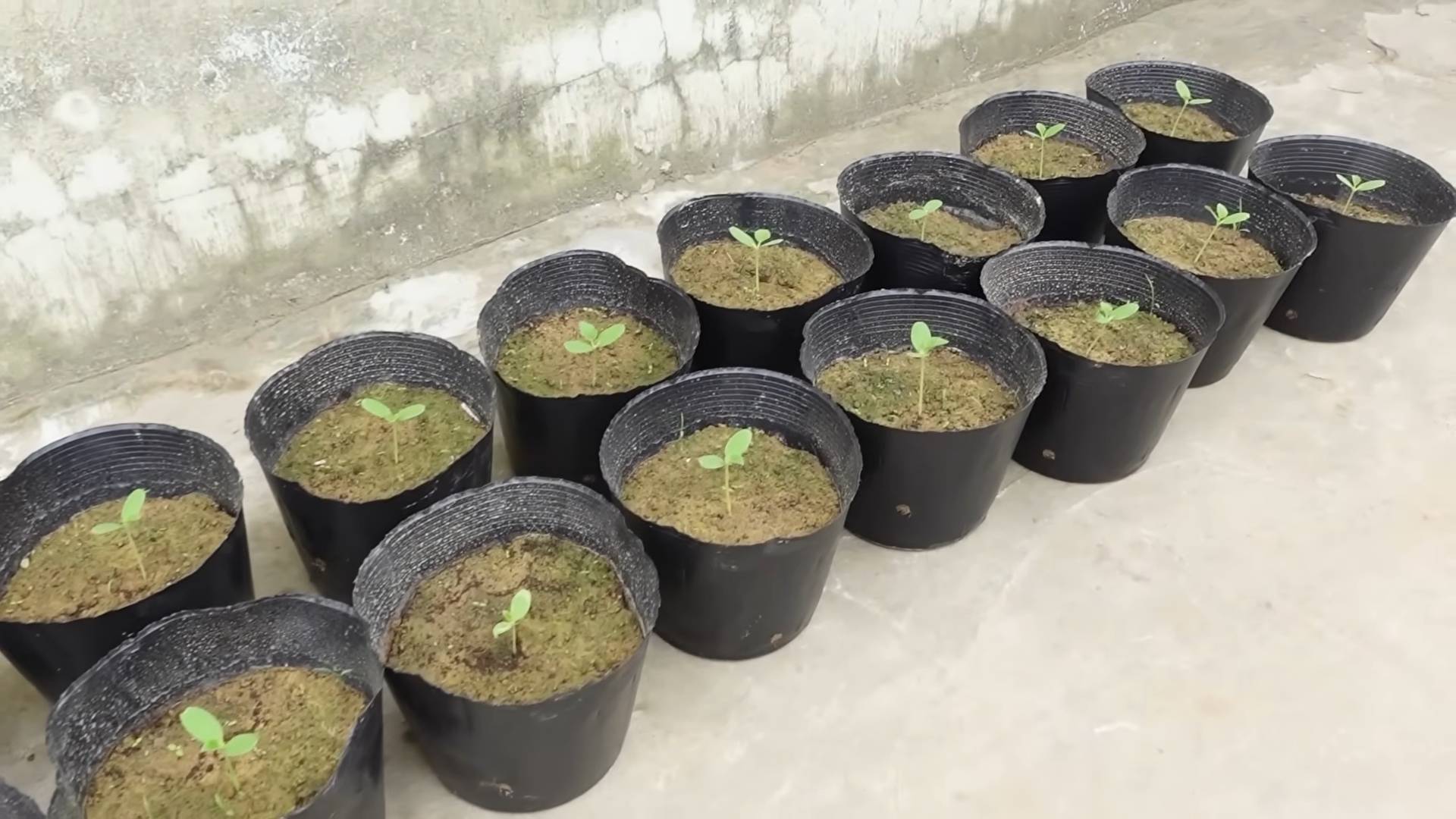
Conclusion
So, there you have it! Growing kohlrabi at home is not only achievable, but it’s also a deeply rewarding experience that connects you to your food in a way that store-bought produce simply can’t. We’ve walked you through the essential steps, from selecting the right variety to harvesting your crisp, delicious bulbs. But why should you take the plunge and dedicate a little space in your garden (or even a container on your balcony) to this unique vegetable?
The answer lies in the unparalleled freshness and flavor you’ll achieve. Forget the sometimes-tough, often-bland kohlrabi you might find at the grocery store. Homegrown kohlrabi, harvested at its peak ripeness, boasts a delicate sweetness and a satisfying crunch that’s simply unmatched. Plus, you have complete control over the growing process, ensuring that your kohlrabi is free from harmful pesticides and herbicides. You can even choose organic methods for a truly wholesome harvest.
Beyond the superior taste and health benefits, growing kohlrabi at home is also incredibly versatile. While we’ve focused on the classic bulb, don’t forget about the leaves! Kohlrabi greens are delicious and nutritious, adding a peppery kick to salads, stir-fries, or even soups. Think of them as a milder, sweeter alternative to kale or collard greens.
And speaking of versatility, feel free to experiment with different kohlrabi varieties. ‘Early White Vienna’ is a reliable choice for beginners, while ‘Purple Vienna’ adds a vibrant splash of color to your garden and your plate. For those with limited space, consider growing kohlrabi in containers. Dwarf varieties are particularly well-suited for this method, allowing you to enjoy fresh kohlrabi even if you don’t have a traditional garden.
Consider adding companion plants to your kohlrabi patch. Marigolds can deter pests, while herbs like dill and chamomile can attract beneficial insects. This not only helps protect your kohlrabi but also creates a more biodiverse and thriving garden ecosystem.
Don’t be afraid to get your hands dirty and embrace the learning process. Gardening is all about experimentation, and even if you encounter a few challenges along the way, the satisfaction of harvesting your own homegrown kohlrabi will make it all worthwhile.
We truly believe that growing kohlrabi at home is a must-try for any gardener, whether you’re a seasoned pro or just starting out. It’s a fun, rewarding, and delicious way to connect with nature and enjoy the fruits (or rather, vegetables) of your labor.
So, what are you waiting for? Grab some seeds, prepare your soil, and get ready to experience the joy of growing your own kohlrabi. And once you’ve harvested your first crop, be sure to share your experiences with us! We’d love to hear about your favorite varieties, your gardening tips, and the delicious ways you’re using your homegrown kohlrabi in the kitchen. Share your photos and stories in the comments below – we can’t wait to see what you create!
Frequently Asked Questions (FAQs)
What is kohlrabi, and what does it taste like?
Kohlrabi is a member of the Brassica family, which also includes cabbage, broccoli, and cauliflower. It’s characterized by its bulbous stem, which grows above ground. The taste of kohlrabi is often described as a cross between a turnip and a cabbage, with a mild, slightly sweet flavor and a crisp, refreshing texture. The leaves are also edible and have a flavor similar to collard greens.
When is the best time to plant kohlrabi?
The best time to plant kohlrabi depends on your climate. In cooler regions, you can start seeds indoors 4-6 weeks before the last expected frost and transplant them outdoors a few weeks later. In warmer regions, you can plant kohlrabi directly in the ground in early spring or late summer for a fall harvest. Kohlrabi prefers cool weather, so avoid planting it during the hottest months of the year.
How much sunlight does kohlrabi need?
Kohlrabi needs at least 6 hours of sunlight per day to thrive. Choose a sunny location in your garden or, if growing in containers, place them in a spot that receives plenty of direct sunlight.
What kind of soil does kohlrabi prefer?
Kohlrabi prefers well-drained soil that is rich in organic matter. Amend your soil with compost or aged manure before planting to improve its fertility and drainage. A slightly acidic to neutral soil pH (around 6.0 to 7.0) is ideal.
How often should I water kohlrabi?
Kohlrabi needs consistent moisture to grow properly. Water regularly, especially during dry periods, to keep the soil evenly moist. Avoid overwatering, as this can lead to root rot. A good rule of thumb is to water deeply when the top inch of soil feels dry to the touch.
How do I fertilize kohlrabi?
Kohlrabi benefits from regular fertilization. Apply a balanced fertilizer (such as 10-10-10) at planting time and then side-dress with a nitrogen-rich fertilizer every few weeks during the growing season. Alternatively, you can use organic fertilizers like compost tea or fish emulsion.
What are some common pests and diseases that affect kohlrabi?
Common pests that can affect kohlrabi include cabbage worms, aphids, and flea beetles. You can control these pests with insecticidal soap, neem oil, or by hand-picking them off the plants. Diseases that can affect kohlrabi include clubroot and black rot. To prevent these diseases, practice crop rotation, ensure good drainage, and avoid overhead watering.
When is kohlrabi ready to harvest?
Kohlrabi is typically ready to harvest when the bulbs are about 2-3 inches in diameter. The exact time will depend on the variety and growing conditions. Harvest kohlrabi before it gets too large, as it can become tough and woody.
How do I harvest kohlrabi?
To harvest kohlrabi, simply cut the bulb from the stem with a sharp knife. You can also harvest the leaves, which are best when they are young and tender.
How do I store kohlrabi?
Kohlrabi can be stored in the refrigerator for several weeks. Remove the leaves before storing, as they can draw moisture from the bulb. Store the bulbs in a plastic bag or container to prevent them from drying out.
Can I grow kohlrabi in containers?
Yes, kohlrabi can be grown successfully in containers. Choose a container that is at least 12 inches deep and wide. Use a well-draining potting mix and provide regular watering and fertilization. Dwarf varieties of kohlrabi are particularly well-suited for container gardening.
What are some ways to eat kohlrabi?
Kohlrabi can be eaten raw or cooked. Raw kohlrabi can be grated into salads, sliced and served with dips, or used as a crunchy addition to sandwiches. Cooked kohlrabi can be steamed, boiled, roasted, or stir-fried. It can also be used in soups, stews, and gratins. The leaves can be cooked like collard greens or added to salads.
Are there different varieties of kohlrabi?
Yes, there are several different varieties of kohlrabi, including ‘Early White Vienna,’ ‘Purple Vienna,’ ‘Grand Duke,’ and ‘Kolibri.’ Each variety has its own unique characteristics in terms of size, color, and flavor.
Is kohlrabi good for you?
Yes, kohlrabi is a very nutritious vegetable. It is a good source of vitamin C, potassium, and fiber. It is also low in calories and fat.
What if my kohlrabi is tough or woody?
If your kohlrabi is tough or woody, it is likely that it was harvested too late. Overripe kohlrabi can become tough and bitter. To avoid this, harvest kohlrabi when the bulbs are still relatively small (2-3 inches in diameter). You can still use tough kohlrabi in soups or stews, as the cooking process will help to soften it.

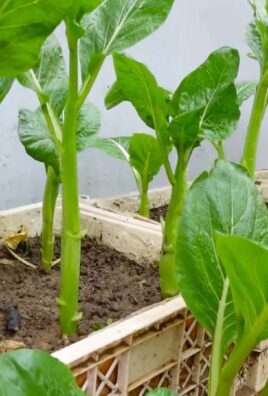
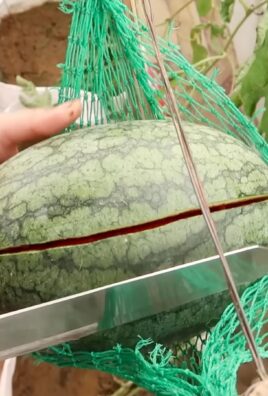
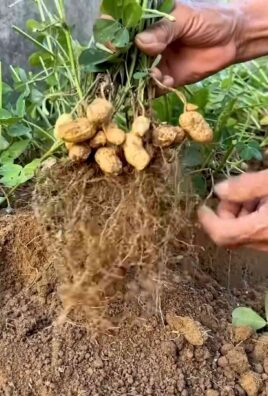
Leave a Comment